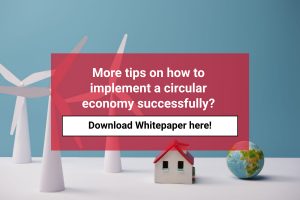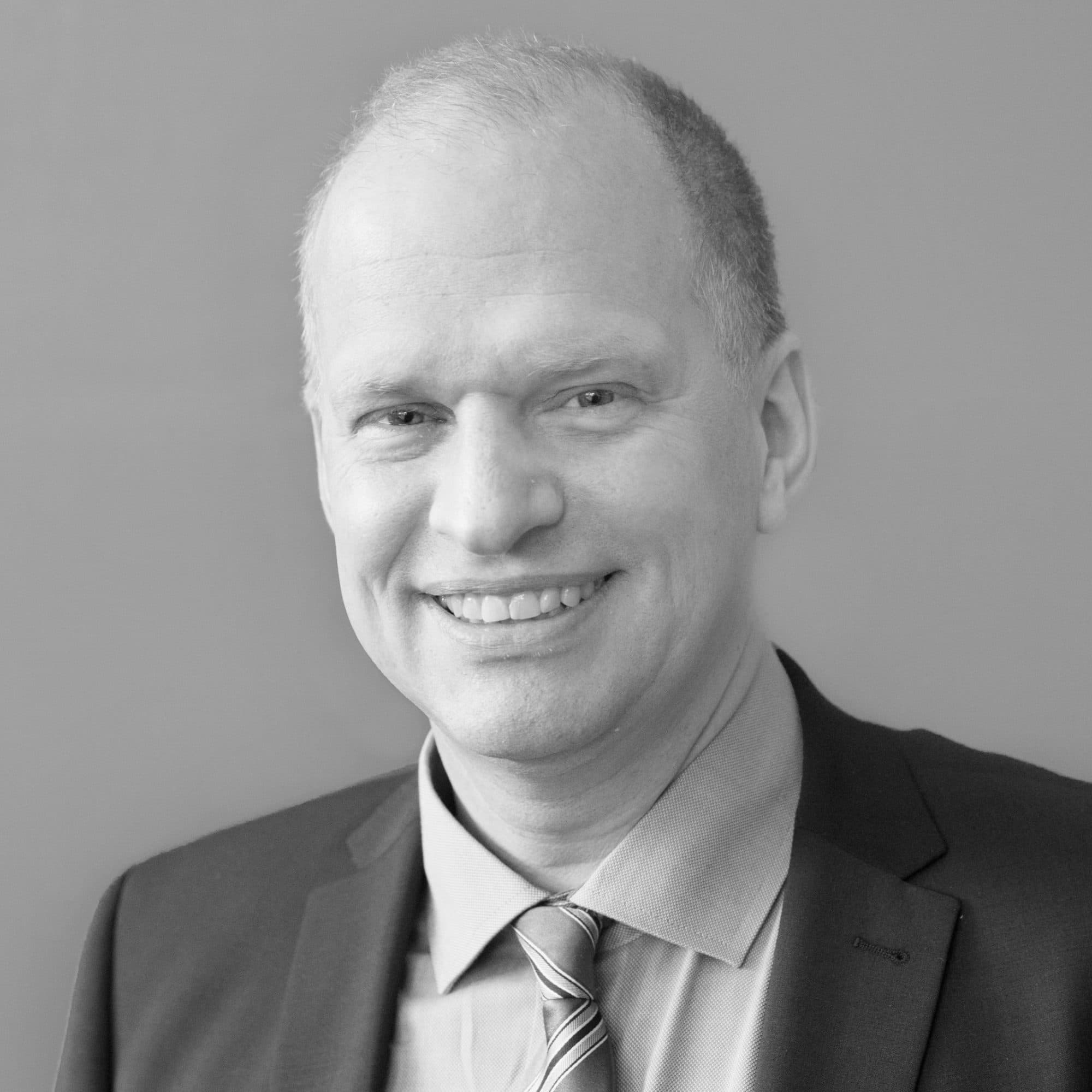The clock is ticking: the time has come to solve the current environmental crisis!
5 tips on how to achieve circularity
Under the motto „Healthy Planet – Healthy People”, experts met to discuss current climate issues at the Austrian World Summit in Vienna at the beginning of July 2021. Many local politicians and star climate activist Arnold Schwarzenegger participated. The goal was to eliminate the climate crisis with concrete solutions and to encourage people’s interest in topics as environmental protection and sustainability.
But where exactly can companies start in order to move step by step in the right direction? Our experts have summarized some tips for you.
1) Why you should use digitalization to accelerate sustainability
Information and knowledge – e.g. about the composition of raw materials in components – play a central role. With smart products, block chain technologies, or Big Data, for example, companies along their value chain are permanently supplied with information on use, material flow or market requirements.
This helps to become aware of the sustainability of certain solutions.
„The increasing intelligence and interconnection of products enables a broader scope of action. With digital solutions, much more information can be exchanged, and, as a result, well-founded decisions can be made,” says Mag. Dr. Anni Koubek, Executive Vice President Innovation, and Business Development Certification Quality, Quality Austria.
2) Think in cycles!
Depending on whether we are talking about consumer goods or durable goods, a distinction is made between two strategies on circularity: For used products, such as smartphones or household appliances, we speak of technical cycles. Classic closed-loop strategies include reuse, refurbishment, recycling, or maintenance as well as product development with focus on modular design. In the case of consumer goods (such as food or cosmetics), the aim is to think in terms of biological cycles and to design products for complete biodegradability at the end of their life. The components of one product thus become input for the next product, and waste is thus largely avoided.
A central idea is that products are developed from the very beginning in such a way that they can be returned to their biological or technological cycle at the end of their life cycle – this is the approach to be taken when developing new products or reworking existing ones. This is preceded by so-called material health, so that pollutants do not contaminate the biological cycle and possibly end up in the food chain.
Since the beginning of 2021, the SCIP database has been available to operators and consumers. All products that contain a certain concentration of harmful substances must be listed in this database.
„On the one hand, this transparency helps consumers to gain knowledge about hazardous chemicals, and, on the other hand, it also motivates the industry to substitute hazardous substances with harmless alternatives. This subsequently contributes to a better circular economy,” says DI Axel Dick, MSc, Executive Vice President Business Development Environment and Energy, CSR, Quality Austria.
3) Adapt business models and create awareness in the team
It takes services that are oriented towards products, use and performance, and adjustments in business models. For example, numerous rental, pledge and leasing models have long been established on the market, but the principle of usage could be extended to cover many other areas of application. If business models are converted in accordance with these principles, vertical integration can take place along the value chain.
At the same time, new competencies are also needed to push the topic of circular economy within the organization. Close coordination between departments such as product design and services is helpful in creating cross-departmental awareness. The design of a product, for example, plays a major role in determining the environmental impact of a product.
4) Rethinking partnerships
When procuring products or cooperating with partners and suppliers, it is important to obtain information about them along the entire supply chain. Similarly, when cooperating, care should be taken to work as locally as possible – for example, with short and environmentally friendly transport routes. This is also important information for consumers, as they are increasingly interested in where products come from and under what circumstances they are produced.
5) From A to Z: Use assessments and certifications to make clear statements to the outside world
Normative regulations, standards and assessments can facilitate implementation for companies and organizations, or provide a certain play field. Certifications, such as Cradle to Cradle and assessments, such as Circular Globe transparently demonstrate the circularity of products and companies, and thus create trust in the market.
The implementation of environmental management systems, e.g. acc. to ISO 14001, also helps companies to recognize legal trends or the impact on their own actions in a timely manner; furthermore it helps to make the right decisions based on facts.
By evaluating the significant environmental aspects and impacts, considering a life cycle perspective, first steps can be taken to improve the environmental performance throughout the product life cycle.


 Axel Dick, MSc
Axel Dick, MSc
